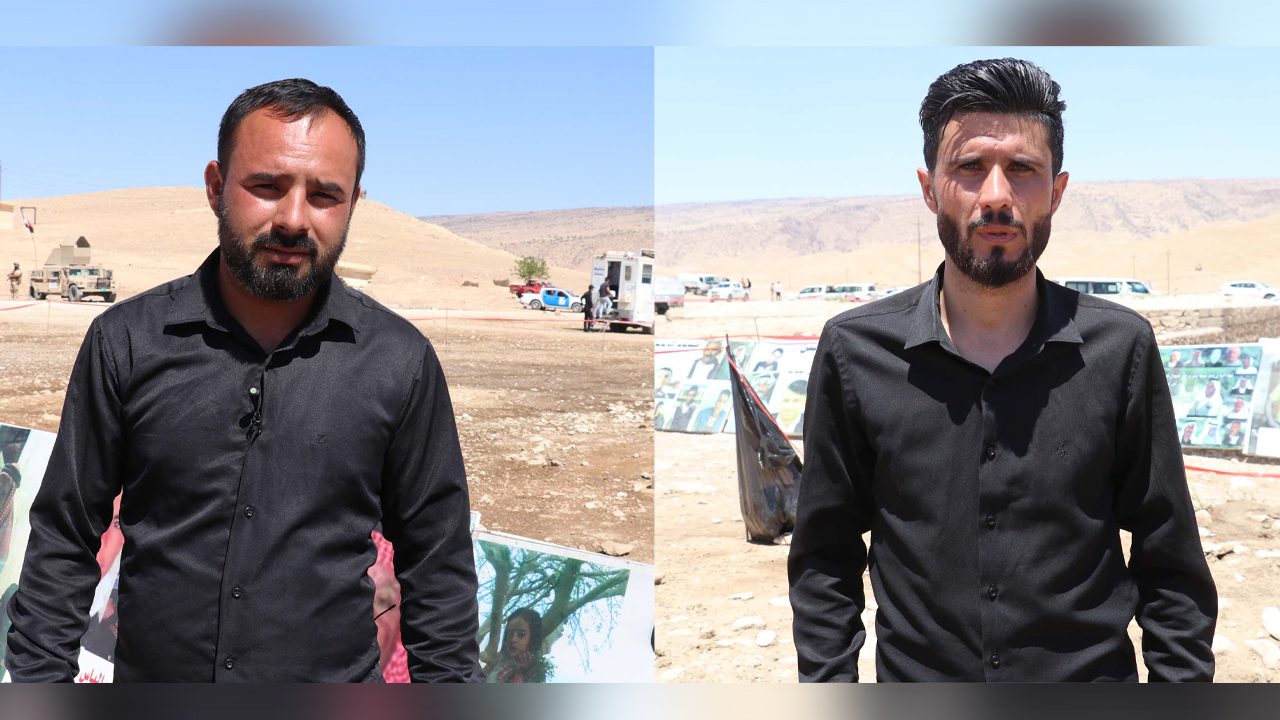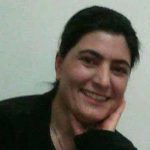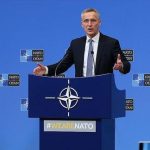Eight years have passed since the 2014 Sinjar (Şengal) massacre of Yazidis by ISIS on 3 August 2014, but still no-one has yet been held accountable. Eight years have passed in which the fate of thousands of Yazidi women and children remains as yet unknown, in which grieving families await the opening of mass graves holding the remains of thousands of people killed during the massacre.
To date, 87 mass graves have been identified, but only 34 have been opened up. Each year as the anniversary approaches, the Iraqi government opens some more of the graves. It also organises ceremonies for the victims of the Firman (Yazidi term for genocide) as lip-service to its own responsibility for the incident.
On 28 June, an excavation of six mass graves began in the village of Qena, southeast of Sinjar, in the presence of hundreds of families who set up tents to await for the recovery of the remains of their relatives and loved ones. Among them are two survivors of that terrible time who spoke to Hawar news agency.
Fawaz Sefil Ammo is from the village of Tell Qasab, 10km from Qena. When ISIS terrorists began their attacks, hundreds of people from nearby villages sought refuge in Qena, but ISIS then besieged Qena itself, and so began the story of the Qena massacre.
They left their village for Qena on 3 August 2014 when the Iraqi army and the Peshmergas of the Kurdistan Democratic Party (KDP) fled, abandoning Sinjar and its villages to ISIS.
Describing when they first encountered ISIS, Fawaz said: “A car came up to us carrying ISIS mercenaries. They said, ‘There is no danger to you, no need to be afraid. We have come for the army and the Peshmerga, you go to your homes.’” But we were accompanied by about 10-12 more cars, and about 35 armed men.
Fawaz said that the leader of that ISIS group was Abu Noura, from Tell Afar. “They asked us whether we were Yazidis. We said there were only two families there who were not Yazidis. They told these two families to leave, but they gathered the rest of us under a tree, while the women were taken to a different place.”
When they had gathered all the Yazidi men in one place, they put them in three rows, about 80 men altogether. They took them to the site of the massacre, and after a phone call, the ISIS leader Abu Noura started shooting them. There were about 25 of them shooting, while three others filmed the massacre.
Fawaz recalled those moments: “When they started shooting, I threw myself into the hole and bodies fell onto me. The people who were shot were falling on top of one another. I stayed underneath them and their blood ran all over me. The ISIS men thought I was dead too. After the shooting, they examined the bodies and if they found people still alive, they called Abu Noura to kill them.”
After this they left the area taking the Yazidi girls and women with them. Fawaz recounted the story of his escape from the mass grave: “They left after killing all those people. I climbed out of the grave and looked around, and found 37 members of my family including my father and my brother among the dead. I found a few friends who were injured but still able to talk. Two of them were critical and died while still in the grave, but one was Ezdin Amin Hussain. He was covered in blood. I pulled him out of the grave with difficulty and we walked for about nine nights until we reached the shrine of Amadin.”
According to Fawaz, nine people survived that mass grave. There are 69 names registered dead there, but it is said that at least a hundred were killed, including three or four children.
Ezdin Amin Hussein, who survived the same massacre, highlighted the brutality of ISIS: “When the ISIS mercenaries came, they made no distinctions. They gathered us all up and separated the women from the men. They looked at the children and killed those who could carry weapons along with the men.”
He explained why so many Yazidis had gathered in Qena village: “The mountains were close, if we went there, we might have survived, but this area was abundant with water, and if we left it, we could have died of thirst.”
Ezdin Hussein also concealed himself among the corpses of his friends and relatives during the shooting. He said, “A bullet hit my forehead, and my head was under someone else’s. The hardest things were that when we got out from under the corpses, everyone was dead, and that I had to drink my own blood from my forehead in order to survive until I got to a place with water.”
Hawar agency asked Fawaz and Ezdin about their message and demands. Fawaz said: “Our demands are not difficult, but only if there is a government that will adopt them. We want all the mass graves to be opened. All of them. We have come from refugee camps in Iraqi Kurdistan, we set up our tents over the sites of the mass slaughters, we are living on top of the mass graves.”
For his part, Ezdin Hussein said that he no longer trusted in words and messages: “We don’t know what message we should send, we’ve been sending messages for eight years, but it’s useless. It’s like reopening the wound over and over, who would want to open it yet again? We don’t have any rights.”
Source:MedyaNews
***Show us some LOVE by sharing it!***



